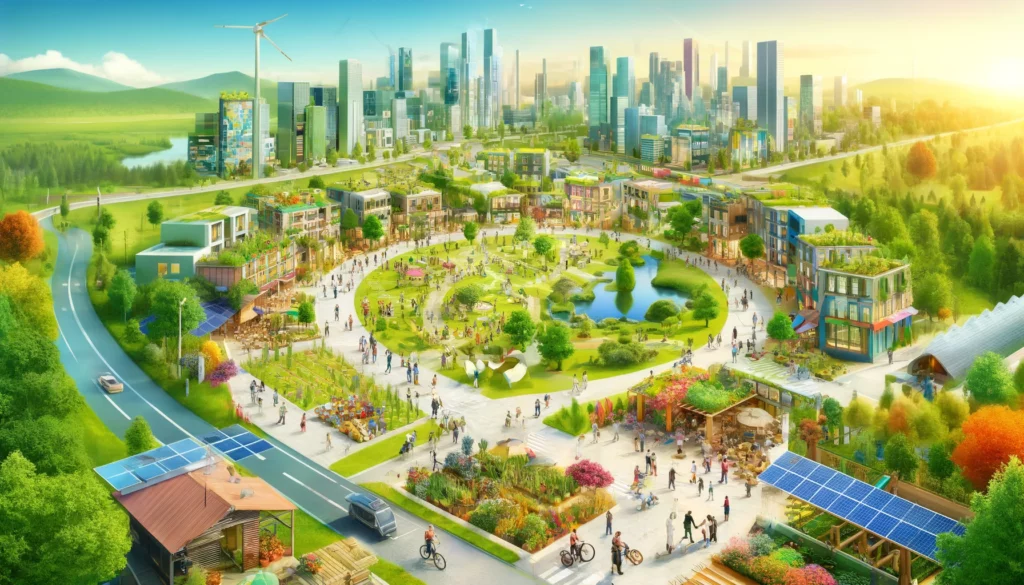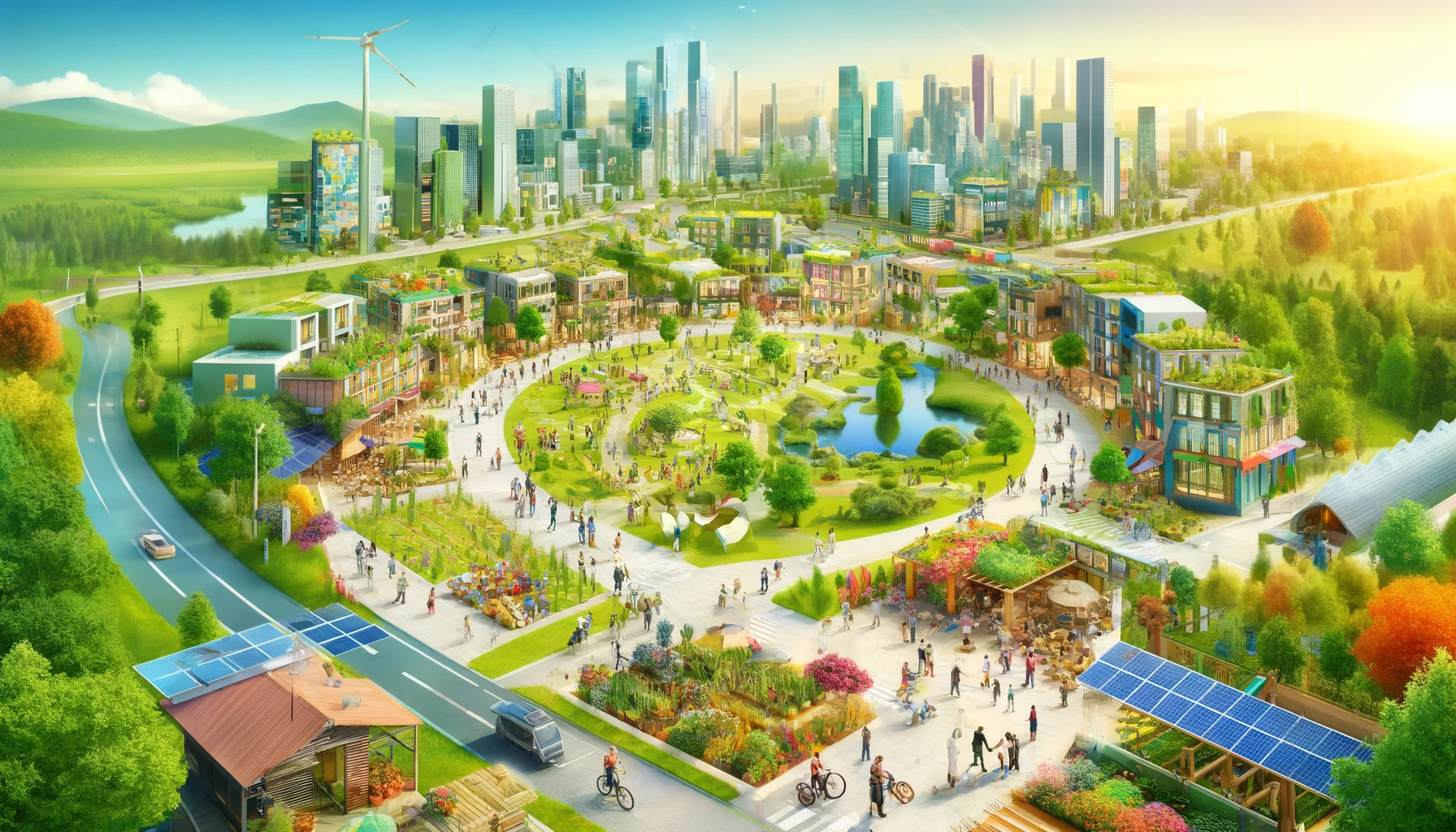In the global conversation about sustainability, the concept of sustainable communities often surfaces as a beacon of hope and a tangible solution to the world’s pressing environmental, social, and economic challenges. At the core of sustainable communities lies the pursuit of harmony between human needs and the natural world, creating spaces where individuals, families, and businesses can thrive without compromising the well-being of future generations. This post delves into the essence of these communities, exploring their key characteristics, benefits, and the pathways to their development.
What are Sustainable Communities?
Sustainable communities are designed with the goal of minimizing their impact on the environment while enhancing the quality of life for their residents. This involves a holistic approach to urban planning, architecture, and social infrastructure that prioritizes renewable resources, energy efficiency, and a resilient local economy. Such communities are not just about environmental health but also social equity and economic viability, ensuring that all residents have access to essential services, green spaces, and economic opportunities.
Characteristics of Sustainable Communities
1. Integrated Environmental Design
Sustainable communities are often planned with an integrated approach to environmental design. This includes the use of renewable energy sources such as solar and wind power, sustainable building materials, and green infrastructure. Buildings are designed to maximize energy efficiency, often incorporating technologies like smart grids and energy-efficient appliances.
2. Economic Sustainability
Economic resilience is critical to the sustainability of a community. This involves supporting local businesses, encouraging local employment, and fostering industries that can operate within the ecological limits of the local environment. Sustainable communities often promote circular economies where waste is minimized and resources are reused and recycled.
3. Social Equity and Inclusivity
A sustainable community is inclusive and equitable, providing opportunities for all residents regardless of their background. This includes affordable housing, access to quality education and healthcare, and equitable distribution of resources. Social cohesion is strengthened through community activities, participatory governance, and inclusive decision-making processes.
4. Transportation and Mobility
Sustainable urban planning emphasizes efficient, affordable, and accessible transportation options. This includes the development of pedestrian-friendly zones, cycling paths, and public transport networks that reduce reliance on fossil-fueled vehicles, thereby decreasing carbon emissions and enhancing community connectivity.
5. Local Food Production
Food sustainability is also crucial, with communities investing in local food production to reduce the carbon footprint associated with long-distance transportation of goods. This can involve urban agriculture initiatives like community gardens and greenhouses, which not only provide fresh produce but also strengthen community ties.

Benefits of Sustainable Communities
Living in a sustainable community comes with numerous benefits:
- Environmental Benefits: Reduced carbon footprint, preservation of local biodiversity, improved air and water quality.
- Economic Benefits: Enhanced economic stability through local job creation and reduced energy costs.
- Social Benefits: Improved health and well-being, strengthened community relationships, and increased civic engagement.
Building Sustainable Communities: Strategies and Challenges
The development of sustainable communities requires a multifaceted approach involving government policy, community initiatives, and private-sector engagement. Key strategies include:
- Policy and Governance: Effective policies and regulations that encourage sustainable practices in building, energy use, and transportation are crucial.
- Community Engagement: Residents’ active participation in the planning and implementation of sustainability projects ensures that the solutions meet the unique needs of the community.
- Technological Innovation: Leveraging technology for more competent resource management can significantly enhance efficiency and sustainability.
Despite these strategies, sustainable communities face challenges such as funding, scaling sustainable practices, and integrating new technologies with existing infrastructures. Overcoming these challenges requires continued innovation, collaboration, and a solid commitment to sustainability principles.
Conclusion
As we forge ahead into a future where sustainability is no longer optional but essential, the concept of sustainable communities stands out as a critical pathway towards a more resilient and equitable world. By understanding and implementing the principles of sustainable living, communities around the globe can transform into vibrant, thriving places that offer a high quality of life while protecting our planet for future generations. Engaging in this global movement requires commitment, creativity, and cooperation, but the rewards—a sustainable, just, and thriving world—are well worth the effort.

